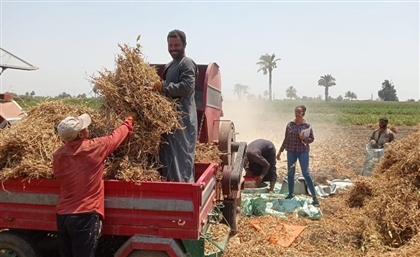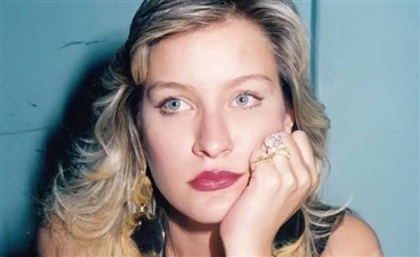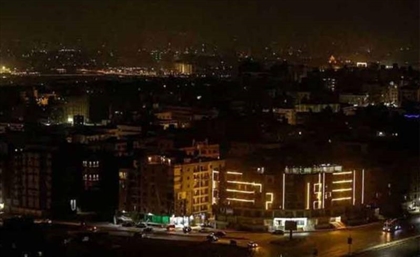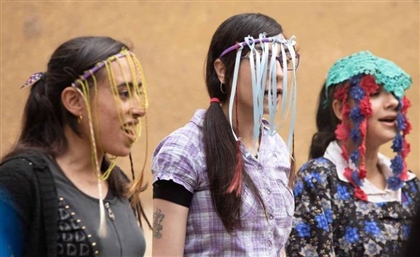Egypt’s Forgotten Rural Towns: Inside the Homes of Beni Suef
Far from the maddening urban capital, Egypt’s rural towns are home to 72% of the population, many of whom live under the poverty line. We join one of Misr El Kheir Foundation's missions to rebuild crumbling constructions in Beni Suef, a town where houses fuse with barns.
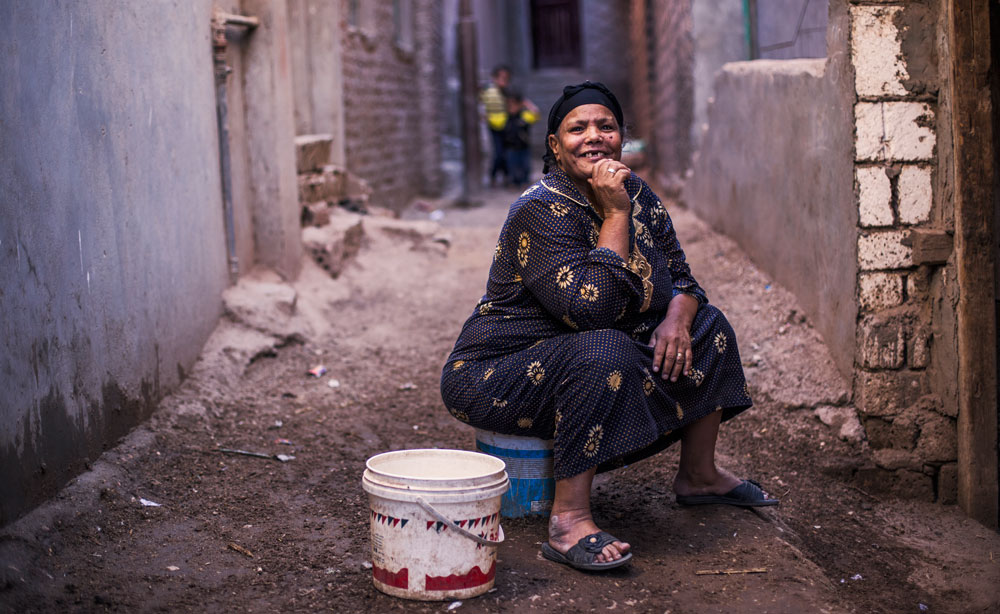
Her exhausted, bare feet step on the carpet with ceremonial reverence as she leaves her plastic sandals at the doorstep. The house floor is not paved, but the straw carpet keeps the living room immaculate. Three large sofas frame the room, but there is no table at the center. In fact, there is not a single table inside the entire house except for the small desk lingering in one of the room’s corners, where three children books are piled.
“I’ve lived here ever since I got married, but since my husband died 15 years ago, and my son inherited the house, I’m staying with him, my daughter in-law, and their three kids,” says Sa'adeya Bakry Ramadan. Her home, a mud-walled construction with two rooms, houses an improvised kitchen with no door, no fridge, and cardboard boxes where a few pans pile up. Chipsy packs, which she stacks to sell, are the only food in sight.

Sa'adeya Bakry Ramadan is not quite sure how old she is, but her son says it’s 65.
“I can hardly leave the house to buy food, because my feet hurt and I cannot walk too much,” she says. “I also have a lung infection, but medicines cost 7LE and that’s too expensive for me.” The living room’s mud walls are painted in yellow and carved by cracks winding their way up to the ceiling. Opposite a glass-less window hangs the photograph of Hussein’s tomb, the grandson of Prophet Muhammad whose head is believed to be buried beneath the Al Hussein Mosque.
“The walls cracked and in winter we usually find water seeping in the minute we walk in, so we use the back door and only stay inside one of the rooms of the house,” she says. In the adjoining room, her three-year-old grandson Mohamed sleeps on the only bed the family has.
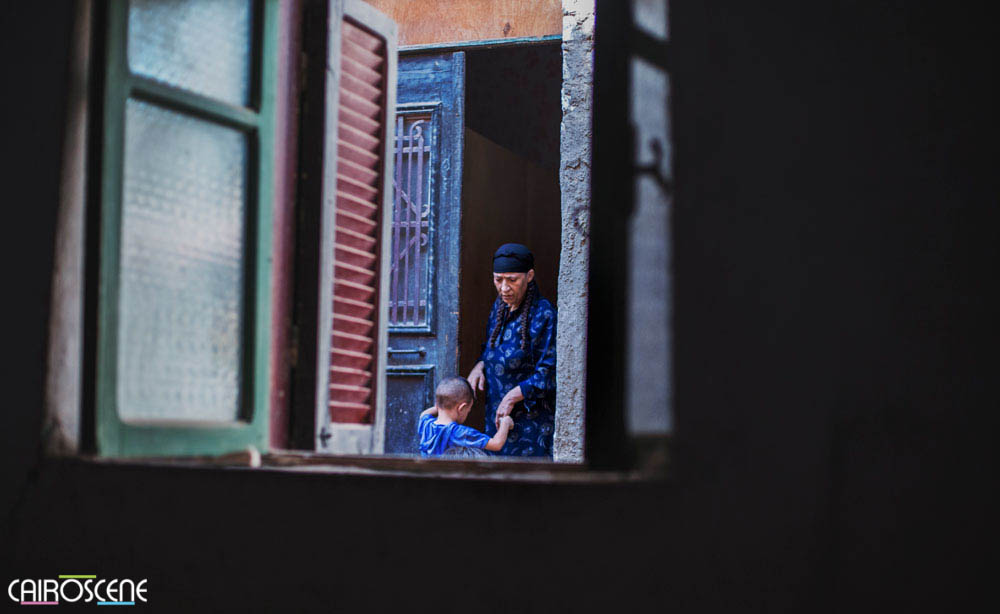
Beni Suef's intricate iron wrought doors stand in stark contrast to their dire structure.
Ramadan is not quite sure how old she is, but her son says it’s 65. She is one of the eldest villagers of Noweira, a rural community of approximately 18,000 inhabitants located in Beni Suef. This province, set in the heart of Upper Egypt, is considered the nation’s second poorest governorate, with 53 per cent of its population living under the poverty line. The line is estimated at EGP 482 per month by the Central Agency for Public Mobilisation and Statistics (CAPMAS), but the majority of the Beni Suef residents don't even come close to that mark. According to information provided by the Misr El Kheir Foundation, who are currently rebuilding houses in the area, 70 per cent of them are illiterate.
“I’m very happy they are re-building our house. God is making us live the way happy people live,” says Ramadan with a slow, heavy sigh. The organisation, one of Egypt’s largest non-profit entities, is implementing a project to build 1,000 homes per year across the governorates of Beni Suef, Minya, and Sohag for their project Sutra. The 1.5 billion EGP scheme is funded by Saudi-based Al Waleed Philanthropies, in an effort to empower rural communities by re-building the homes of 10,000 underprivileged families in 10 years.
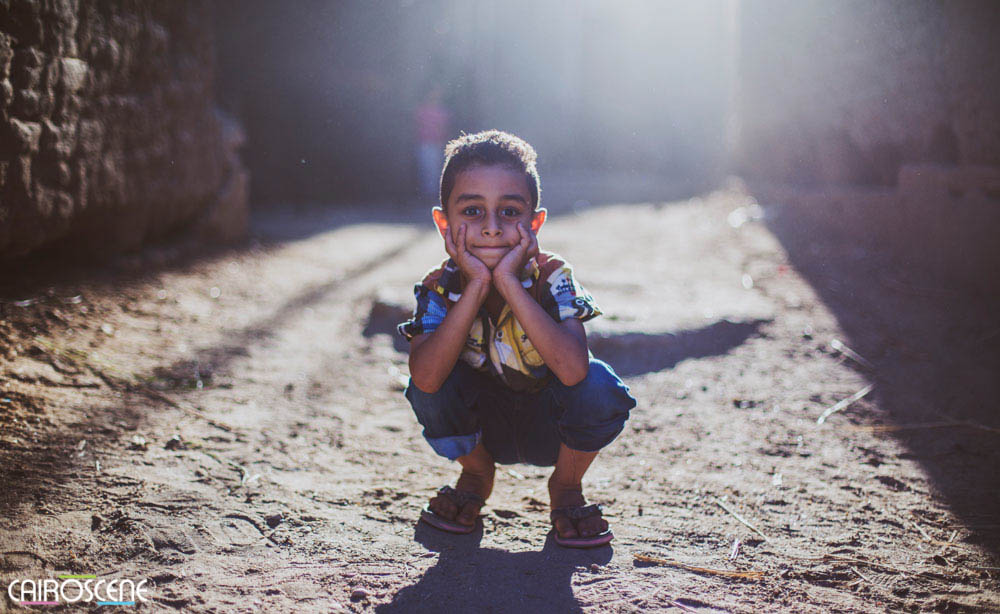
According to Misr El Kheir, 70 per cent of people in Beni Suef are illiterate.
Egypt's National Population Council estimates that nearly 72 per cent of the country's 91-million strong population live in rural areas; three million of them live in Beni Suef. And, according to the UN’s World’s Population Prospects report - which ranks Egypt as the world's 15th most populated country - the count will reach 151 million by 2050.
As we walk through its narrow, pastel-colored streets, loud music leaks through an open-air corridor and a family comes out to invite us to join a wedding, while a donkey inside the neighbour’s house interrupts their words. We are joining the non-profit organisation on one of their visits ahead of their campaign to re-build homes. The organisation estimates 20 per cent of the population, most of whom work as farmers, do not have money to afford their daily needs.
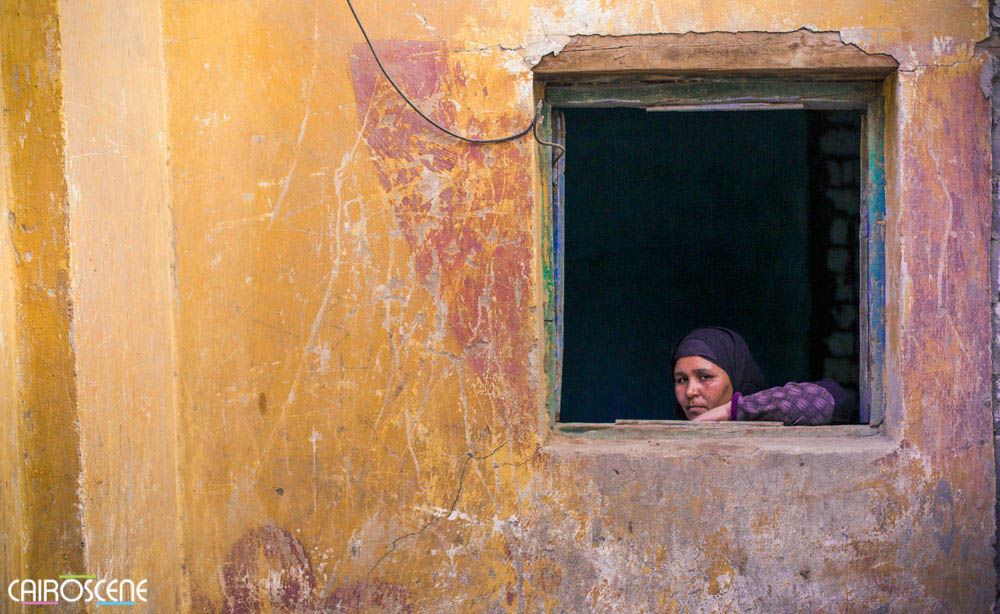
Nearly 72 per cent of Egypt’s population live in rural areas.
“A house is the most basic right for any human being, and we are trying to provide that right for the families in need,” says Leena Elmasry, Brand Manager of Misr El Kheir Foundation. “So we have partnered with Al Waleed Philanthropies to provide homes for Egyptian families during the next 10 years, hoping to give a helping hand in developing the community and those deprived of their most basic right,” she explains.
A few blocks away from Ramadan, there is a house with no roof, no doors, and no tables or chairs to dine. Only a green wrought iron door acts as a threshold to what is half a house, half a barn. All of Noweira’s doors are, in fact, intricately beautiful.
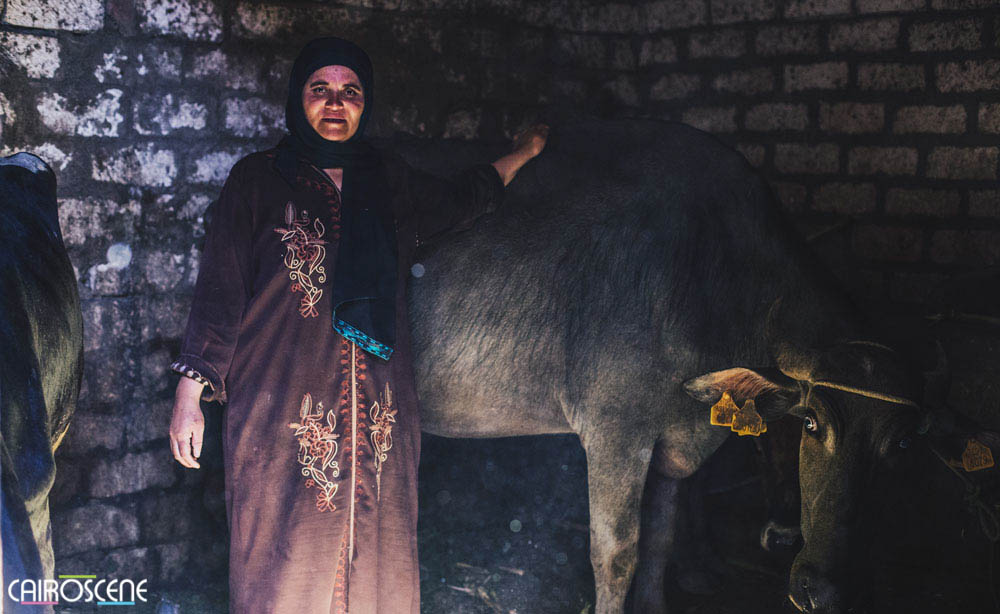
Nadia Mahmoud's home houses a goat, a hen, a few street cats, and at least five cows.
Nadia Mahmoud's home greets us with the cheerful display of a black little chick, the only one among a pack of tiny yellow ones. Her home, an adobe construction seemingly falling apart, houses a goat, a hen, a few street cats, and at least five cows. “My husband works in the farm but for every day he works, there are ten days that he doesn't because it depends on the work available. We also have some cows that I milk to sell their produce. What are we supposed to do? It’s the only job available for us,” she says.
Inside her bedroom, two rickety beds, supported by bricks under the legs, offer the only nighttime shelter for her husband and four kids. The floor is not paved and its mud walls are spotted with holes, a product of the pack of cows fluttering in and out of the crumbling house. When it rains, Mahmoud uses the kids’ blankets to prevent water leaking in through the thatched roof. “I use dirt or anything I find to cover the roof."

Most of its residents work at nearby farms, but given the lack of work, they do it sporadically.
As she shows us the adjoining room, only dotted with a ramshackle wardrobe, she dodges the pile of hay piling up for the plentiful animals that live in the house, trying to lift a bucket off the floor and move it out of the way. “It's been years that my back hurts, but I cannot afford to go to the doctor,” says Mahmoud, whose 36 years hide underneath skin moulded by hardship and hard work. Opposite the bedroom, there is the skeleton of a mud oven where a hen sleeps surrounded by broken cans with water for the animals. There are flies everywhere, but there is no food in sight other than what's available for the animals.
It’s sunset time and tens of neighbours have gathered around the house. As Nadia sets out to greet us goodbye, she tirelessly insists on offering us a cup of tea before we leave. But she is not the only one; in this town, food lacks but hospitality abounds.
Photography by @MO4Network's #MO4Productions.
Photographer: Mohamed Hosni.




